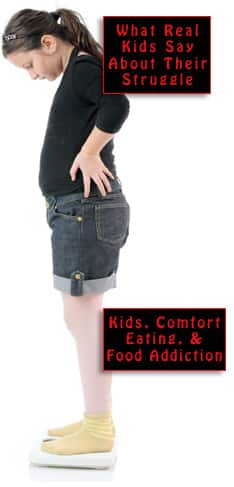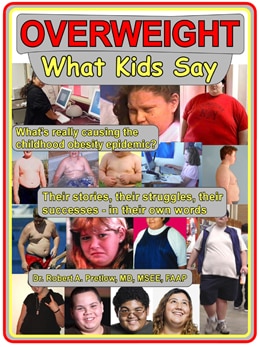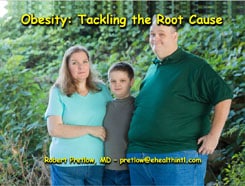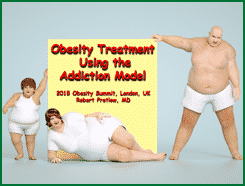
A recent post asked the question, “When did bulimia become “a thing”? The short answer is, more recently than anorexia.
Back in the Middle Ages, the phenomena that we today identify as eating disorders had religious overtones. People who refused food as a form of spiritual discipline, known as ascetics, were sometimes revered and sometimes persecuted. A condition known then as “wasting disease” probably encompassed what later came to be known as anorexia. The term “anorexia nervosa” was coined in 1874 and “bulimia nervosa” was named more than a hundred years later.
In the earlier part of the 20th century, anorexia was an upper-class disease, but in the 1970s it became more democratic. It has been called the most deadly of any psychiatric disorder because even though it may take years, many of the victims do succeed in eventually starving themselves to death.
Over the years, knowledge about anorexia and bulimia grew hand-in-hand. For Psychology Today, Emily Deans, M.D., wrote,
Bulimia (binging and then purging via exercise, vomiting, or laxatives) is first reliably described among some of the wealthy in the Middle Ages, who would vomit during meals so they could consume more. Apparently this behavior did not happen in ancient Rome despite a common conception otherwise.
Plain old binge eating disorder does not include purging or indeed any other effort to avoid obesity. Of the obese individuals who look for medical help today, about one-third of them are binge eaters. Quite recently, purging disorder has also been recognized as a separate entity.
Dr. Emily Deans also wrote,
The eating disorders also appear to be genetic, perhaps related to inherited differences in serotonin receptors. Much of the natural progression of anorexia can be explained by disordered thinking about body image combined with the process of starvation itself.
Anorexia afflicts about 0.5% of women and 0.1% of men. Bulimia around 1-3% of women (also 0.1% of men), and binge eating disorder 3.3% of women and 0.8% of men.
Now to back up a little, Britt Berg, M.S., compiled for the Eating Recovery Center a comprehensive history of eating disorders that fills in more details. Binge eating used to be called Night Eating Syndrome until psychiatrist Albert Stunkard clarified that it can occur at any time of day, changing the name of it to the more familiar Binge Eating Disorder, shortened to BED.
Anorexia nervosa, over time, underwent a transition from signifying “a pursuit of spiritual perfection to a pursuit of bodily perfection,” to identification as a distinct disease. Also, in due course, the medical profession realized that women were not the only sufferers of any of the disorders, because men are also affected. An interesting detail about the evolving state of the art is:
“Parentectomy” was considered an appropriate treatment for anorexia nervosa well into the 20th century. Essentially, a person with an eating disorder would be separated from their parents as a “cure.”
In the 1970s, in the United States, England, France, and Germany, eating disorders of every kind increased dramatically. Over the years, as successive editions of the Diagnostic and Statistical Manual of Mental Disorders were published, descriptions of the various conditions became more detailed and differentiated. Just over 10 years ago recognition of BED as a distinct entity allowed victims to obtain insurance coverage for treatment.
Berg notes that now, the available treatment for eating disorders includes a range of care levels including inpatient, residential, partial hospitalization programs, intensive outpatient programs, and virtual intensive outpatient programs. Consequently many therapeutic approaches are employed, including:
Acceptance and commitment therapy (ACT)
Cognitive behavioral therapy (CBT)
Dialectical behavior therapy (DBT)
Exposure and response prevention (ERP)
Emotion-focused family therapy (EFFT)
Family-based treatment approaches (FBT)
Next: More questions and answers.
Your responses and feedback are welcome!
Source: “A History of Eating Disorders,” PsychologyToday.com, 12/11/11
Source: “Bulimia Nervosa/Purging Disorder,” NCBI.NLM.NIH.gov, April 2017
Source: “Let’s Get Real About the History of Eating Disorders,” EatingRecoveryCenter.com, 07/13/23
Image by Alexa/Pixabay

 FAQs and Media Requests:
FAQs and Media Requests: 











